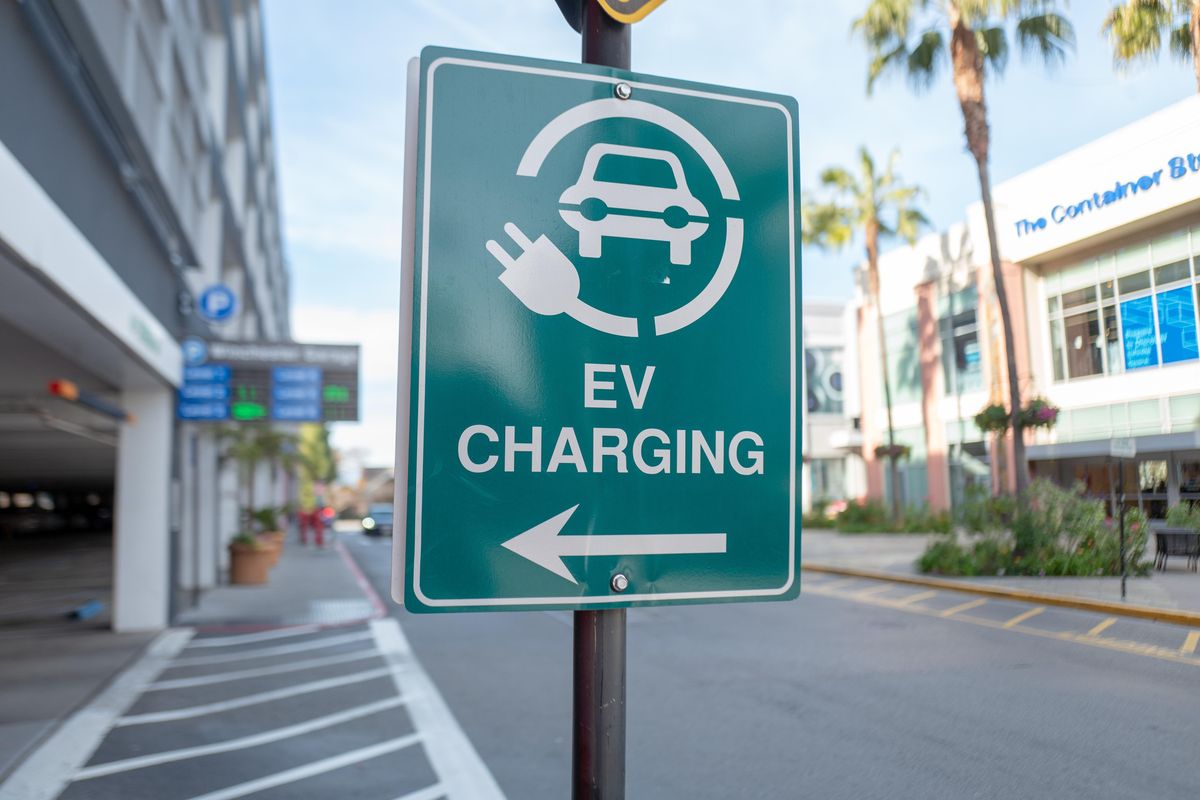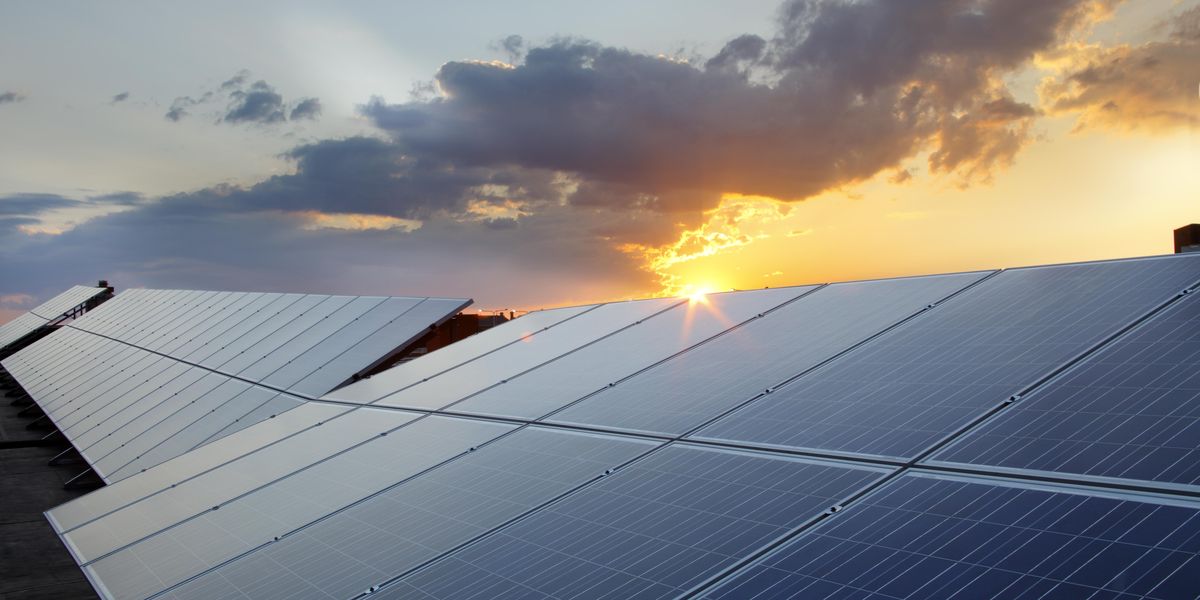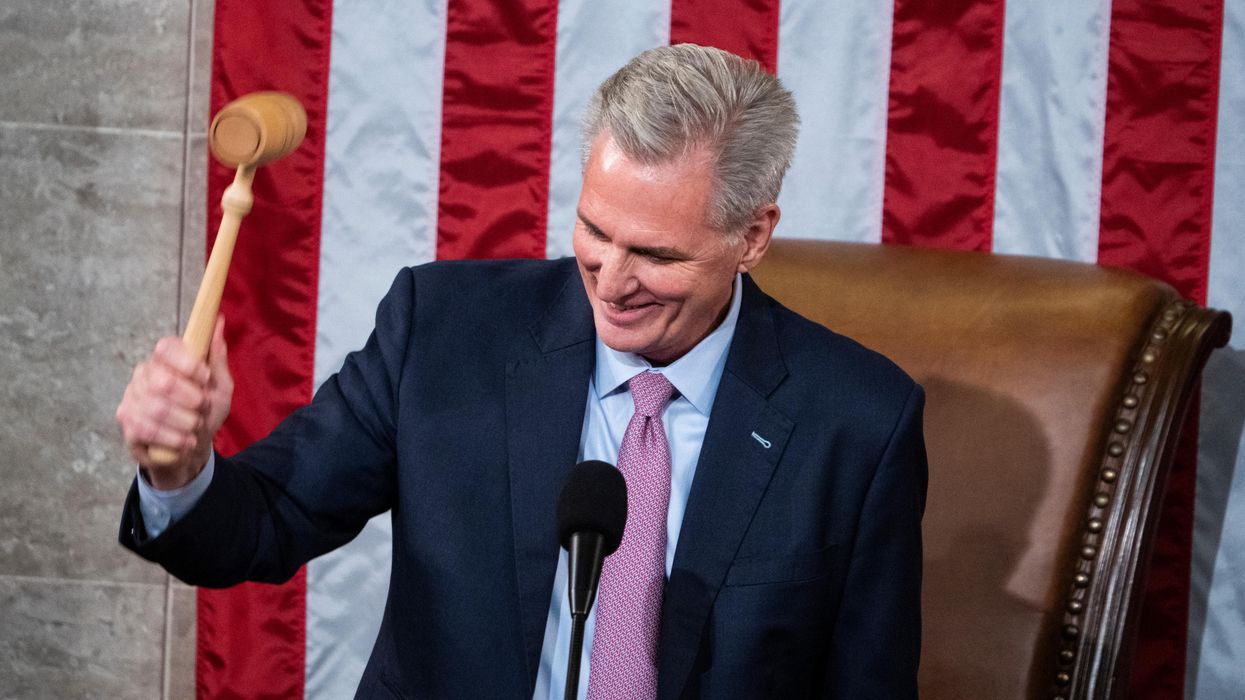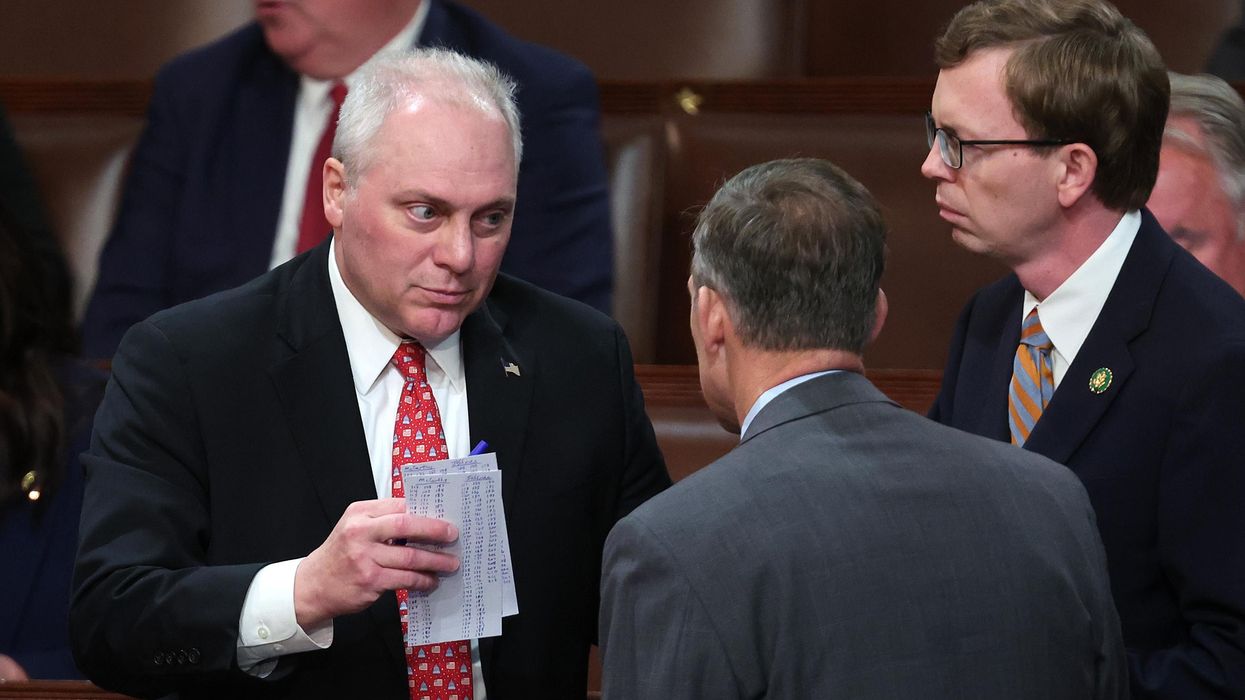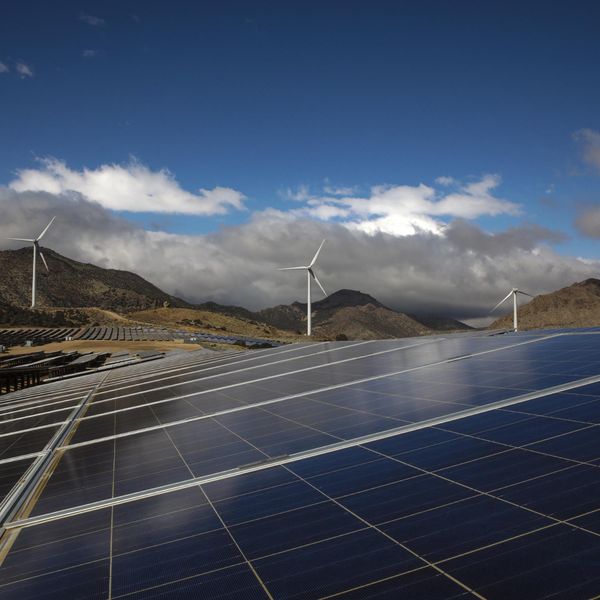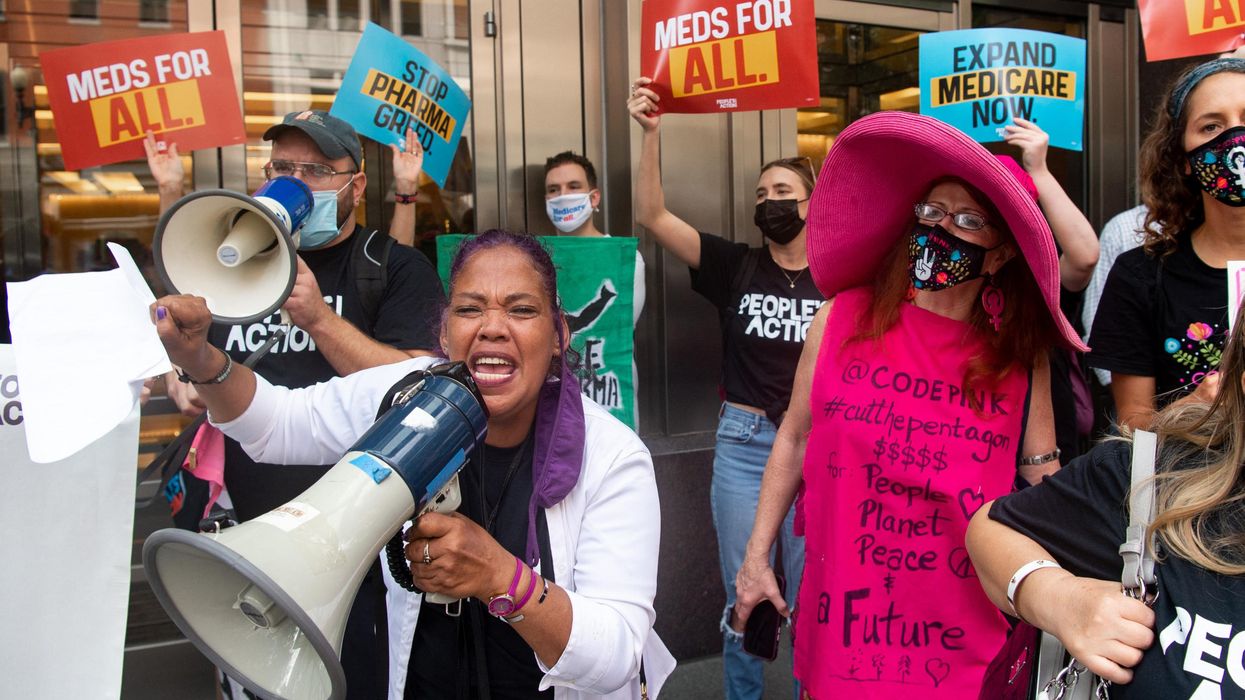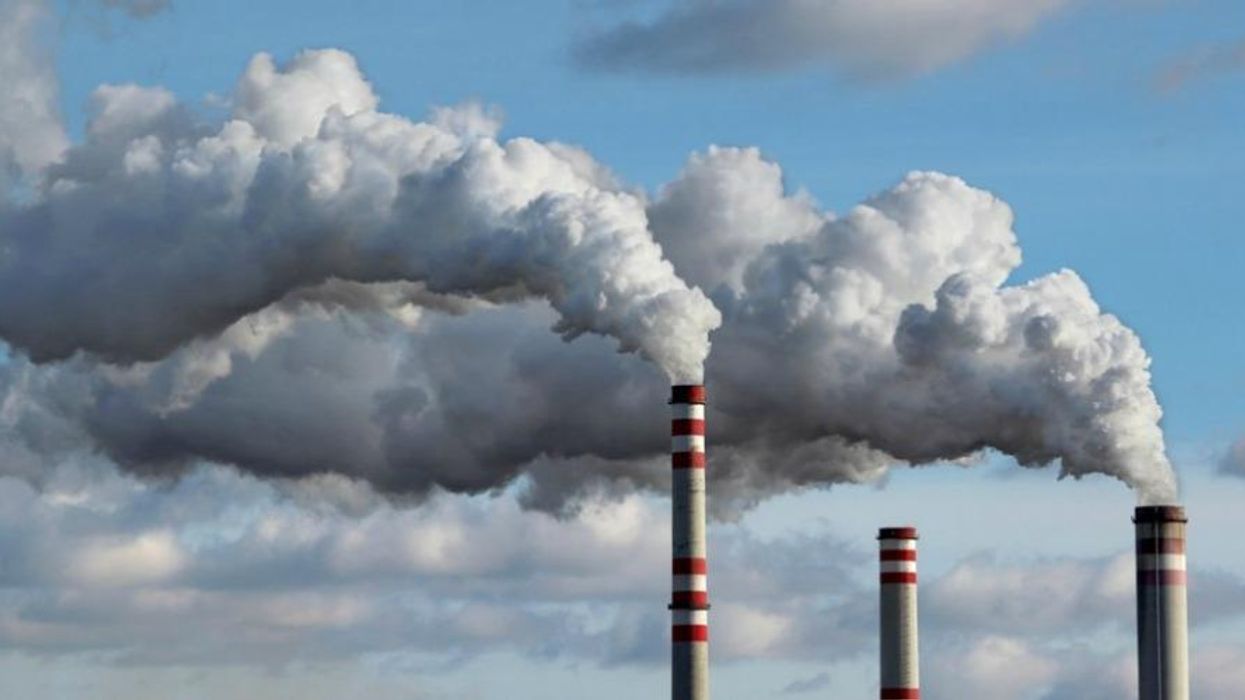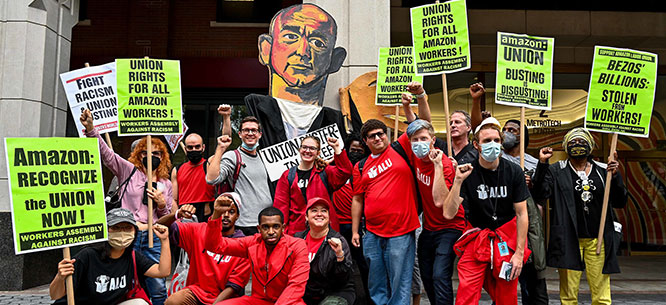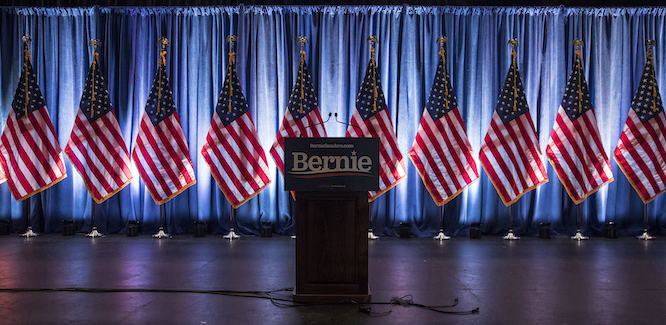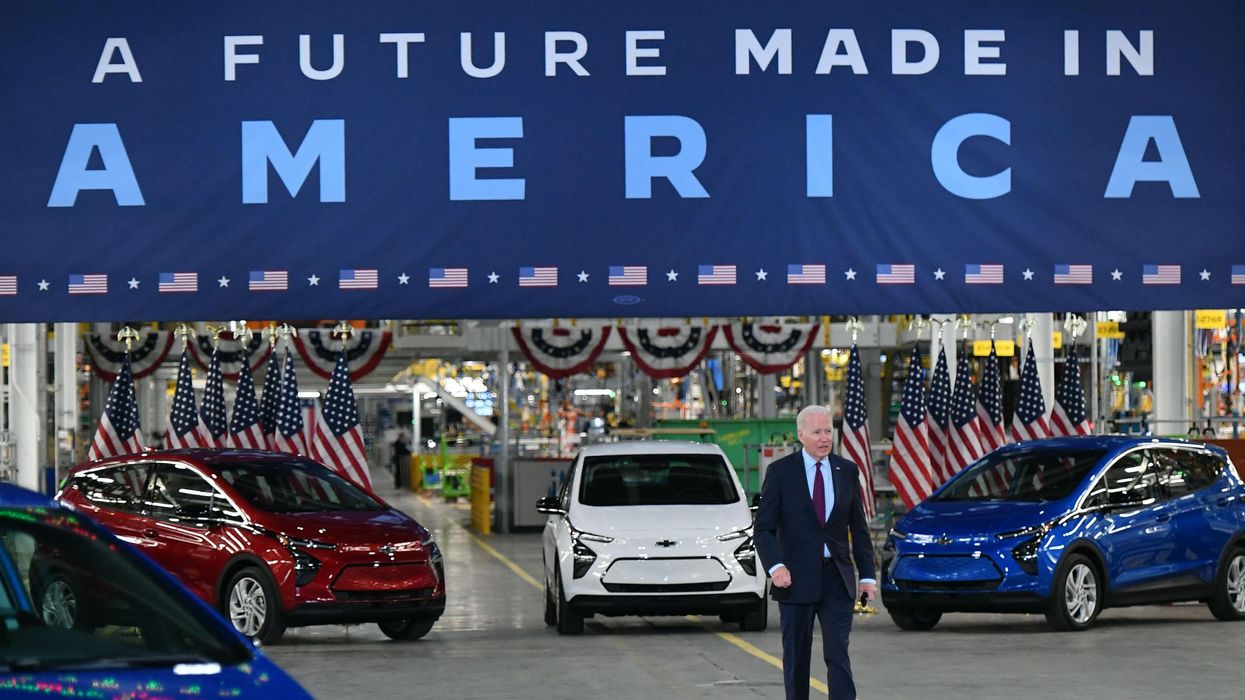
The idea of industrial policy has taken on almost a mystical quality for many progressives. The idea is that it is somehow new and different from what we had been doing, and if we had been doing industrial policy for the last half-century, everything would be better.
This has led to widespread applause on the left for aspects of President Biden’s agenda that can be considered industrial policy, like the CHIPS Act, the Inflation Reduction Act (IRA), and the infrastructure package approved last year. While these bills have considerable merit, they miss the boat in reducing income inequality in important ways.
First, the idea that we had not been doing industrial policy before Biden, in the sense of favoring specific sectors, is wrong. We have been dishing out more than $50 billion a year to support biomedical research through the National Institutes of Health and other government agencies. If that isn’t supporting our pharmaceutical industry, what would be?
We also have a whole set of structures in place — most obviously Fannie Mae and Freddie Mac, but also many other financial institutions — as well as tax policies to support home ownership. We also support the (bloated) financial sector through tax policy, deposit insurance, and all but explicit too-big-to-fail guarantees.
Even the subsidies for the shift to clean energy in the IRA were not new. They hugely expanded and extended subsidies that had already been in place. This was a good policy from the standpoint of saving the planet, but it was not a sharp break from what we had previously been doing.
The government has always favored some industries, implicitly at the expense of others, so we are not doing something new if we declare “industrial policy.” But, there is an argument for making the subsidies explicit so that they can be debated.
For example, it might have been easier to move away from fossil fuels if we had to debate whether we would continue to subsidize the industry by not making it pay for the damage it was doing to the environment. If someone proposed subsidizing a new development by letting it dump its untreated sewage on neighboring properties, there would likely be less support than if the city let the development do the dumping without any explicit policy. So, there is an advantage to having subsidies be explicit, even if the idea of subsidizing specific industries is hardly new.
Biden’s Industrial Policy and Income Inequality
There are a variety of motives for the industrial policy measures Biden has pushed through. The climate ones in the Inflation Reduction Act and the infrastructure bill are both obvious and important.
There is also the belief that these measures will hasten economic growth. There is a good case for this. Much research shows that infrastructure spending increases productivity and growth. There are certainly visible bottlenecks that can constrain the economy, which became clear with the supply chain problems during the pandemic.
There is also a national security issue. This can be overplayed. We don’t really need to worry about being cut off from supplies of key inputs from Canada, and probably not from Western Europe, in the event of a military conflict. On the other hand, being heavily dependent on semiconductors from Taiwan, in a context where a conflict with China is, unfortunately, a possibility, is a problem. For this reason, some reorientations towards domestic production make sense.
However, one of the main motivations for these measures is to reduce income inequality by increasing domestic manufacturing. This is not likely to be the outcome.
Manufacturing and Inequality
One of the great tragedies of the last four decades was the war on manufacturing, pursued by politicians of both parties, that centered on a policy of selective free trade. While we continued to protect doctors and other highly paid professionals from foreign (and domestic) competition, our trade policy was quite explicitly designed to put our manufacturing workers in direct competition with low-paid workers in the developing world.
This competition had the predicted and actual effect of costing us millions of manufacturing jobs and putting downward pressure on the wages in the jobs that remained. Since manufacturing had historically been a source of relatively high-paying jobs for workers without college degrees, our trade policy had the effect of increasing wage inequality.
It also decimated many towns and cities across the country that had been heavily dependent on manufacturing. There is no shortage of places, especially in the industrial Midwest, where the major employer closed up shop and left a community without a viable economy.
It is easy to identify villains in this story – NAFTA, the high dollar policy pursued by Clinton Treasury Secretary Robert Rubin, and admitting China to the WTO all contributed in a big way to the loss of manufacturing jobs. They also placed downward pressure on wages in the jobs that remained, but that doesn’t mean that getting manufacturing jobs back will be a step toward reducing inequality.
The problem is that the wage premium in manufacturing has largely disappeared due in large part to U.S. trade policy. The graph below shows the average hourly earnings for production and non-supervisory workers in manufacturing and the private sector as a whole.
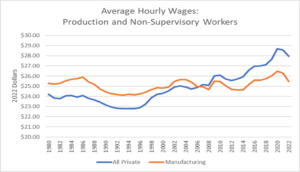
Source: Bureau of Labor Statistics and author’s calculations.
As can be seen, the average hourly wage in manufacturing used to be higher than the average wage in the private sector as a whole. In 1980, it was 4.1 percent higher. They crossed in 2006 and have continued to diverge in the years since. The average hourly wage for production and non-supervisory workers in manufacturing is now 8.9 percent less than the average for the private sector as a whole.
This is not a comprehensive measure of the wage premium since we would have to also consider benefits, which have historically been higher in manufacturing, and also specific worker characteristics, like age, education, and location, but this sort of change in relative wages almost certainly implies a large reduction in the manufacturing wage premium.[1]
A big part of the reduction in the manufacturing wage premium is the decline of unionization in manufacturing. In 1980, close to 20 percent of the manufacturing workforce was unionized. This had fallen to just 7.7 percent by 2021, only slightly higher than the private sector average of 6.1 percent.
Furthermore, while the Biden administration has been very supportive of unions, there is little reason to believe that the return of manufacturing jobs will mean a substantial increase in unionized manufacturing jobs. From the recession trough in 2010 to 2021, the manufacturing sector added back over 800,000 jobs. However, the number of union members in manufacturing actually dropped by 400,000 over this period.
While there will undoubtedly be some good-paying manufacturing jobs associated with the reshoring efforts in these bills, there is no reason to think they will have a major impact on income inequality. The impact of trade on manufacturing over the last four decades is not reversible. Losing millions of jobs in the sector was terrible from the standpoint of income inequality, but getting some of these jobs back will not be of much help.
Intellectual Property: Where the Real Money Is
Perhaps the most disturbing aspect of these bills is the fact that there is literally no discussion of who will own intellectual property being created through government spending in these areas. For some reason, there is virtually zero interest in policy circles in discussing the impact of intellectual property on inequality, even though it has almost certainly been a huge factor.
Just as Republicans don’t like to talk about climate change, Democratic policy types don’t like to talk about intellectual property. They are much more comfortable just making assertions like “inequality is due to technology,” rather than discussing how some people have been situated to get most of the gains from technology.
The idea that intellectual property derived from government-supported research can lead to inequality should not sound far-fetched. The Trump administration, through Operation Warp Speed, paid Moderna over $400 million to cover the cost of developing a Covid vaccine and its initial Phase 1 and 2 trials. It then paid over $450 million to pay for the larger Phase 3 trials, in effect fully covering Moderna’s cost for developing a vaccine and bringing it through the FDA’s approval process.
It was necessary for Moderna to do years of research so that it was in a position to quickly develop an mRNA vaccine, but even here the government played a very important role. Much of the funding for the discovery and development of mRNA technology came from the National Institutes of Health. Without its spending on the development of this technology, it is almost inconceivable that any private company would have been in a position to develop an mRNA vaccine against the coronavirus.
In spite of this massive contribution from the public sector, Moderna has complete control over its vaccine and can charge whatever price it wants. It is likely to end up with more than $20 billion in profit from sales of its coronavirus vaccine. According to Forbes, the vaccine had made at least five Moderna billionaires by the middle of 2021, with the company’s CEO, Stephane Bancel, leading the way with an increase in his wealth of $4.3 billion. In addition, there were undoubtedly many others at Moderna who made millions or tens of millions due to this government-supported research.
And, it is important to recognize that the money for the Moderna billionaires comes directly out of the pockets of everyone else. Its control of intellectual property associated with the vaccine allowed it to charge around $20 a shot (much more for boosters) for vaccines that would likely sell for less than $2 in a free market without intellectual property protections. Higher drug prices reduce the real wage of ordinary workers.
The wealth of Moderna’s nouveau riche also has the effect of pushing up housing prices for the rest of us. When the rich can buy more and bigger houses, it raises house prices for everyone, effectively reducing their real wage. So, the issue of inequality is not an abstraction. More money for those on top means lower living standards for everyone else.
If we see many more Modernas from the funding in the CHIPS Act and the other bills, it will not reduce inequality in the economy, it will make it worse. Serious people cannot pretend to not notice the huge amounts of money redistributed upward when the government pays for research and then lets private actors get property rights in the product. This is almost literally giving away the store.
A Progressive Alternative
There is a different route the government can follow with its research spending. It can pay private companies to do work developing technologies in important areas, but it can insist that the products be in the public domain. (Where there are security issues at stake, the government can control the technology.)
This would allow private companies to profit from research, which would be awarded through a competitive bidding process, and it would also allow them to make profits off the manufacture of the finished products. However, there would be no profit to be made from ownership of the technology itself. That could be freely used by anyone with the capability to benefit from it.
This path would avoid having our industrial policy make inequality even worse. It also is exactly what we should want to see with climate technologies. We should want the technologies to generate wind and solar power, as well as to store it, to be available as cheaply as possible. This will maximize the pace at which it can be adopted.
We should also want the whole world to have access to this technology to hasten the rate at which other countries can adopt clean energy. (Ideally, we would negotiate reciprocal agreements whereby they commit to funding research in some proportion to their GDP, and also make the technology freely available.) We should go the same rate with biomedical research.
Industrial Policy Should Not be More of the Same
We have to recognize that the upward redistribution of the last four decades was not something that just happened, it was the outcome of deliberate policy choices. Trade and government policy on intellectual property are a huge part of that story.
It’s great that we are finally getting some honest discussion of the role of trade in increasing inequality, but we still need to get recognition of the impact of our policies on intellectual property. If the Biden administration and members of Congress insist on ignoring its impact, their policies are virtually certain to make inequality worse. The talk about bringing back manufacturing doesn’t change the picture.
[1] In a comprehensive analysis of the manufacturing wage premium, Mishel (2018) found a 7.8 percent straight wage premium for non-college-educated workers for the years 2010 to 2016, after controlling for age, race, gender, and other factors. That compares to a premium for non-college-educated workers of 13.1 percent in the 1980s.
The analysis found that differences in non-wage compensation added 2.6 percentage points to the manufacturing wage premium for all workers, but the compensation differential may be less for non-college-educated workers since they are less likely to get health care coverage and retirement benefits.
This post was originally published on Common Dreams.
